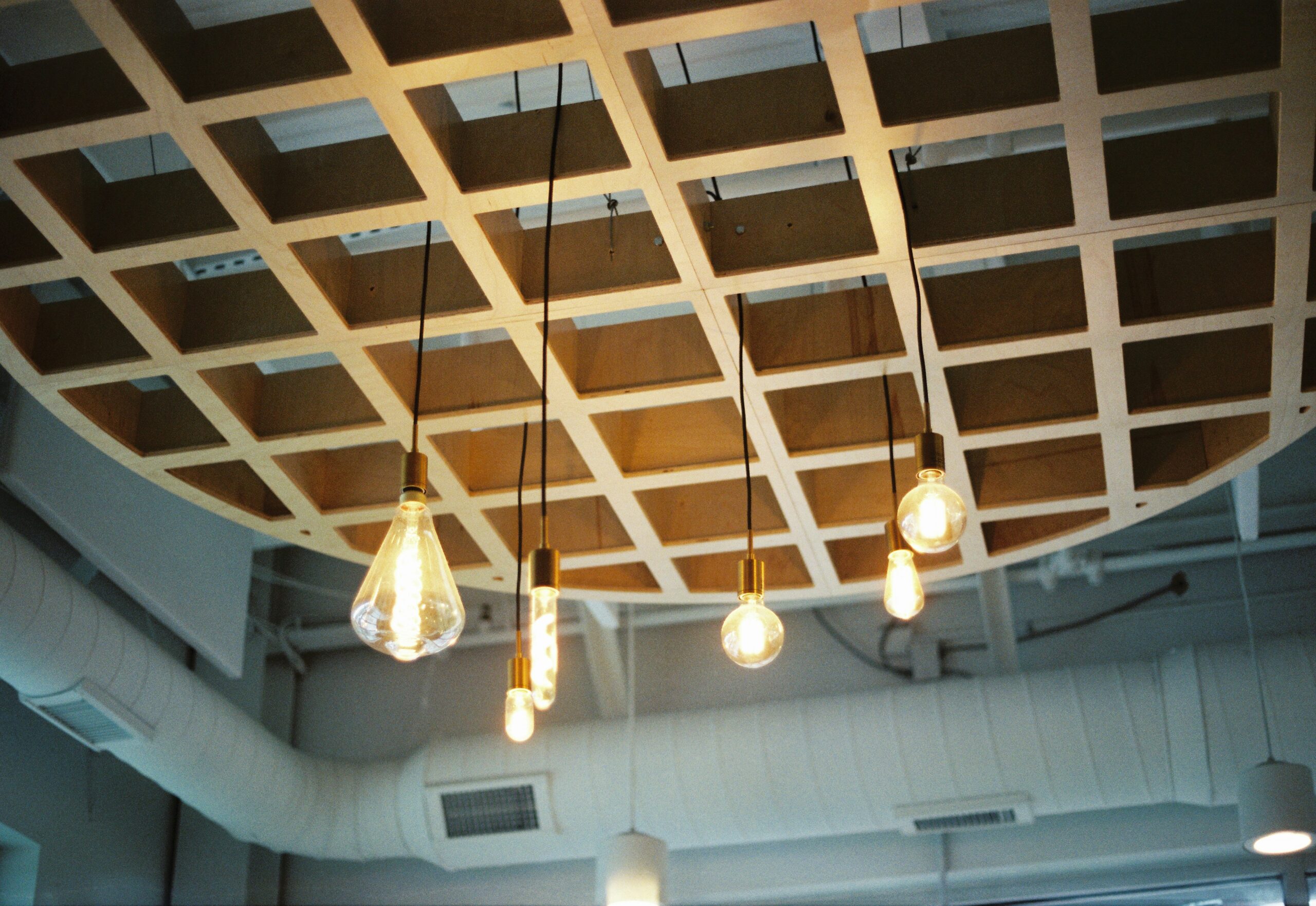In today’s architecture and interior design landscape, achieving a perfect balance between aesthetics and functionality is no longer a luxury—it’s a necessity. Whether it’s a bustling corporate office, a cultural auditorium, or a trendy café, controlling noise while maintaining visual appeal has become an essential part of the design process. Enter the Acoustic Baffle Ceiling—a solution that blends performance-driven acoustic control with contemporary architectural elegance.
This article is a comprehensive guide into the world of Acoustic Baffle Ceilings, exploring their definition, purpose, material options, acoustic performance, installation flexibility, design versatility, and why they’re becoming the preferred ceiling choice across diverse sectors.
Reimagining the Ceiling as a Design Canvas
Ceilings are often the most underutilized surfaces in a space. While walls and floors receive the lion’s share of attention, ceilings hold immense potential to transform spatial dynamics. The Acoustic Baffle Ceiling transforms this neglected plane into a vibrant, interactive layer—one that plays with geometry, rhythm, and depth.
Unlike traditional flat panels, Acoustic Baffle Ceilings offer a three-dimensional design approach. The vertical hanging elements break visual monotony and create linear harmony that guides the eyes and energy of the room. The result is a spatial rhythm that subtly influences how a room feels—calm, organized, and acoustically balanced.
Design with Depth—Aesthetic Power of Baffles
Minimalist design doesn’t mean compromise. The Acoustic Baffle Ceiling is proof that minimal intervention can have maximum impact. These vertical elements introduce visual layers and depth into spaces, lending them a sculptural quality. Whether installed in a rhythmic grid, staggered pattern, or a custom-designed layout, they add a unique design language that can’t be replicated by conventional ceiling systems.
Moreover, these baffles are available in a variety of materials, textures, and finishes—metallic, fabric-wrapped, PET-felt, or timber-inspired—allowing designers to match or contrast them with the rest of the interior palette. An Acoustic Baffle Ceiling doesn’t just blend in; it becomes an intentional part of the story being told through design.
Acoustics Without Compromise
In bustling environments like offices, educational institutions, airports, and lobbies, managing sound is not a luxury—it’s a necessity. Yet, traditional acoustic treatments often come with aesthetic compromises. That’s where the Acoustic Baffle Ceiling excels.
The vertically suspended baffles are spaced to maximize sound absorption, enhancing speech clarity, reducing noise levels, and elevating comfort. This seamless balance of sound control and style is what makes them a preferred choice for modern-day architects and designers aiming for both performance and panache.
Floating Geometry: A Creative Playground
The linearity of baffle systems opens up infinite possibilities for creative expression. From fluid wave patterns and zigzag arrangements to artistic asymmetries, the Acoustic Baffle Ceiling encourages playful experimentation with form and structure.
Designers can layer baffles at varying heights or mix finishes and colors for a dynamic ceiling plane that not only treats acoustics but also sparks visual curiosity. When paired with thoughtful lighting, baffle ceilings become a dramatic feature that animates the environment, shifting its mood throughout the day.
Material Innovation at the Core
What sets modern Acoustic Baffle Ceiling systems apart is the evolution in material technology. High-performance acoustical cores are now wrapped in sustainable and customizable finishes that enhance both absorption and aesthetics. PET-felt baffles, made from recycled plastic, provide eco-friendly solutions without compromising design or function.
Additionally, aluminum or powder-coated steel baffles offer longevity in demanding environments, while still maintaining acoustic properties through perforations or acoustic infill.
Flexibility that Adapts to Modern Spaces
In an era where interior spaces need to be agile and multi-functional, the Acoustic Baffle Ceiling offers unrivaled flexibility. Unlike traditional grid ceilings that are rigid and fixed, baffle systems can be easily adapted, reconfigured, or upgraded as design needs evolve.
This modularity makes them ideal for dynamic environments where space reconfiguration is a frequent requirement. Designers can scale the ceiling intervention up or down based on acoustical needs, visual goals, or even budget considerations—without starting from scratch.
The Rise of the Silent Design Revolution
We’re witnessing a shift where good design is not just about visual appeal but also about how a space feels and functions. The Acoustic Baffle Ceiling is at the forefront of this silent revolution—an architectural element that works in the background while dramatically influencing the user experience.
By reducing noise-induced stress, improving cognitive focus, and enhancing spatial aesthetics, baffle ceilings contribute to holistic well-being. In this way, they resonate with modern design values that prioritize human-centric spaces—spaces that are not just seen but experienced.
Brand Identity Through Ceilings
With customization now at the heart of most design briefs, the Acoustic Baffle Ceiling becomes a canvas for brand storytelling. Companies can align the ceiling design with their brand language—be it through color schemes, unique geometries, or integrated lighting features.
These ceilings can echo brand ethos while improving customer experience. In corporate settings, they can reflect the organization’s culture—innovative, minimalist, bold, or collaborative.
Sustainable Soundscapes
Sustainability is no longer optional—it’s a mandate. And the Acoustic Baffle Ceiling aligns perfectly with green building standards. From using recycled content and low-emission materials to offering daylight penetration between open baffles, these systems support energy efficiency and occupant health.
Moreover, lightweight baffle systems require less structural support, often reducing installation time and material wastage. Their long lifecycle and ease of maintenance further contribute to a building’s sustainable footprint.
Conclusion
In the interplay of design and function, the Acoustic Baffle Ceiling emerges as a masterpiece of modern innovation. It elevates ceilings from passive surfaces to active design elements—ones that speak volumes through silence.
For those who believe that every element in a space should serve a purpose while still pleasing the eye, the Acoustic Baffle Ceiling is more than a choice. It is a design philosophy—where form follows function, and function meets art.

